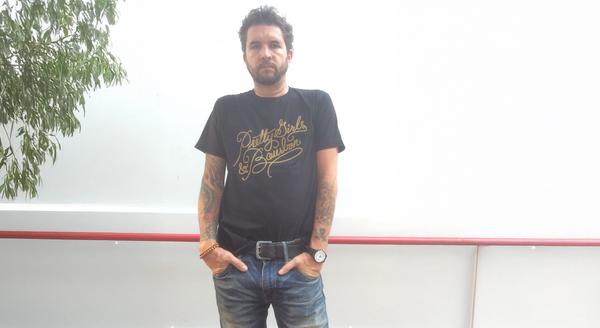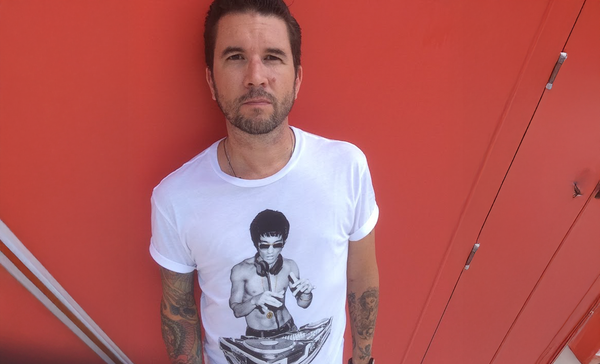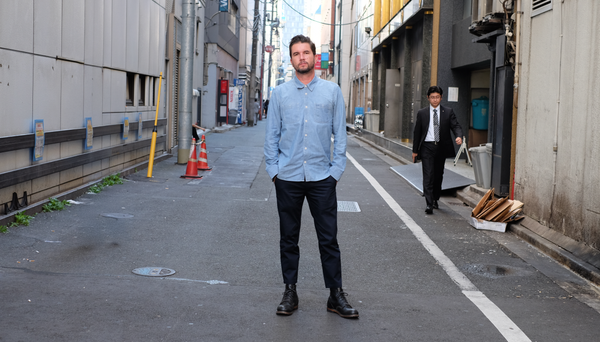The Game We Think We’re Playing: AI, Creativity, and the Illusion of Control
“If you want to get the English interested in a war, you have to tell them it’s a game”. - Orwell

It’s a clever phrase, but something deeper and more troubling is beneath it.
When war is framed as a game, the stakes become easier to ignore. We swap fear for fascination, horror for heroics, and the messy ethics of violence for the clean logic of competition. That was Orwell’s point.
And in today’s creative economy, it might also our blind spot.
The rise of generative AI has been dazzling. We prompt, it paints. We type, it writes. We tweak a slider, and out comes something that looks like design. The interfaces are frictionless. The aesthetics are gorgeous. The metaphors are playful: “remix,” “magic,” “surprise me.” It’s fun. It’s fast. It’s a game.
But it’s not just a game. It’s a transformation.
And the longer we treat it like a toy, the less likely we are to shape its future.
Play Disguises Power
The most successful technological shifts are rarely introduced with a warning. They arrive as tools, or better yet, as toys. They flatter us with a sense of control, promise ease, and invite exploration.
That’s the genius, and the danger, of how generative AI is being adopted.
By wrapping something fundamentally disruptive in a game-like interface, we lower our guard. We accept the system without questioning the terms. And most importantly, we shift our role in the process.
It turns creators into players within a system, rather than architects of meaning.
We begin to optimize our prompts, not our ideas. We design for the algorithm, not the audience. We accept the sandbox as the creative territory, when in fact, it’s just a corner of someone else’s map.
And all the while, the infrastructure of this new creative world, what’s trained, what’s valued, what’s invisible, is being built around us.
This Is Not a Drill
The tension here isn’t that AI is taking over. It’s that we’re not taking ownership.
We are in the early chapters of something irreversible. These models will get faster. The outputs will get better. The integrations will become seamless. And the institutions that shape our creative industries - education, publishing, marketing, and entertainment - will adapt in ways we can’t fully see yet.
So the question isn’t “will AI change creativity?”
It already is.
The real question is: who gets to decide what that change looks like?
And if we stay in “play mode,” the answer won’t be us.
From Players to Architects
There’s a window, right now, to shift the narrative. To ask better questions. To build frameworks for authorship, ethics, credit, and control. To experiment boldly, but not blindly. To demand more from the tools we use, and from the people and platforms that build them.
This doesn’t mean rejecting the technology. It means refusing to be passive in its design.
It means remembering that creativity isn’t just production. It’s meaning-making. It’s cultural authorship. It’s a deeply human act that shouldn’t be reduced to clicks and sliders and auto-suggestions.
So yes, play with the tools. But don’t forget: this isn’t the game. This is the groundwork.
And the rules are still being written.
I May Be Right is a reader-supported publication. To receive new posts and support my work, consider becoming a free or paid subscriber.
If this resonates with you, you might appreciate my book To Question Is to Answer: How to Think Critically and Thrive in the Age of AI. It explores how we engage with emerging technologies—not just by learning new tools, but by asking deeper questions about authorship, agency, and meaning.
Because in an age where everything is accelerating, the real creative edge isn’t in how fast you can produce.
It’s in how deeply you can think.



